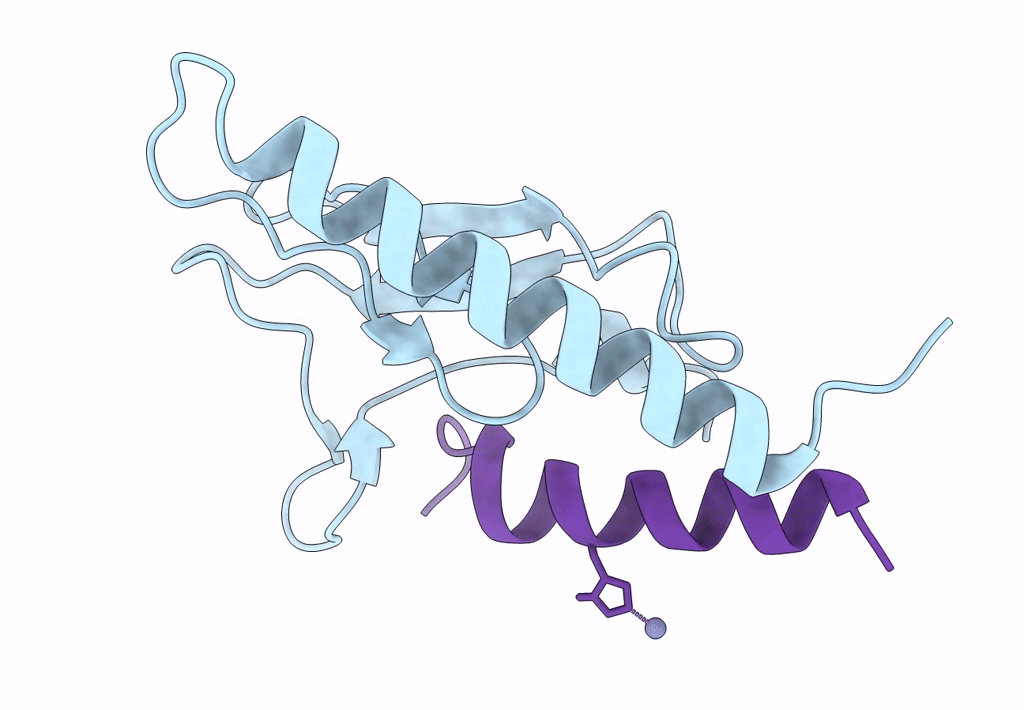
Deposition Date
2022-05-09
Release Date
2022-10-19
Last Version Date
2023-11-15
Entry Detail
PDB ID:
7UZO
Keywords:
Title:
Parathyroid hormone 1 receptor extracellular domain complexed with a peptide ligand containing one beta-amino acid
Biological Source:
Source Organism:
Homo sapiens (Taxon ID: 9606)
Host Organism:
Method Details:
Experimental Method:
Resolution:
1.30 Å
R-Value Free:
0.18
R-Value Work:
0.15
R-Value Observed:
0.15
Space Group:
H 3


